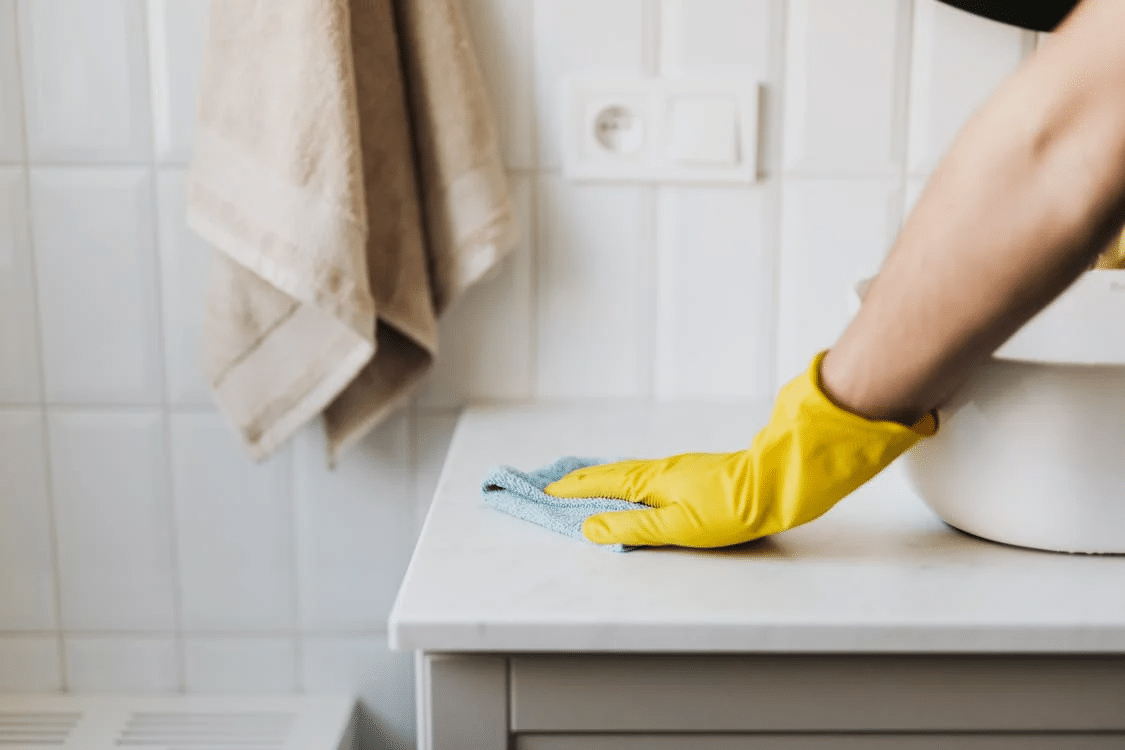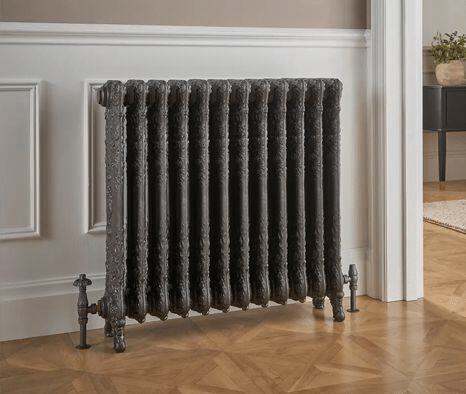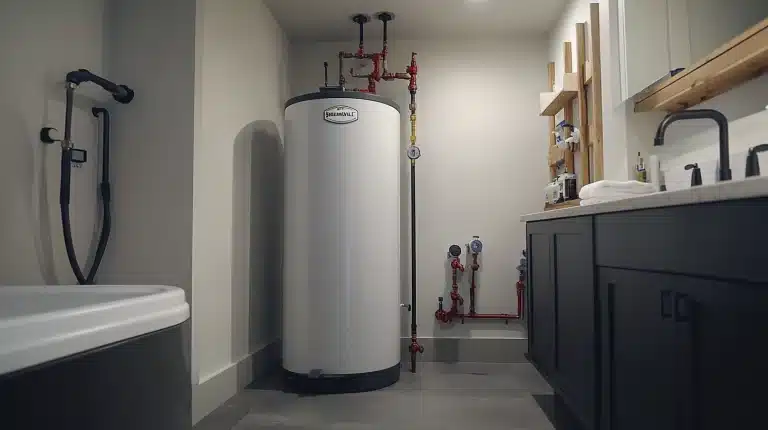How to Leave a Rental Property Sparkling with the Right House Cleaning Strategy
Moving out of a rental property is rarely simple. Between the chaos of packing, coordinating the move, and tying up loose ends, it’s easy to underestimate how important the final clean really is. But if you want your rental bond back in full, you need to take cleaning seriously. It’s not just about doing your usual tidy-up. This clean requires precision, detail, and a clear understanding of what landlords and property managers are looking for.
For renters in Sydney, professional house cleaning services like Calibre Cleaning can be the difference between a smooth bond refund and a stressful back-and-forth. When you’re short on time, energy, or equipment, having an experienced cleaning team take over can be a game-changer.
Why Standard House Cleaning Isn’t Enough at the End of a Lease
Your weekly clean may keep your place looking presentable, but it won’t pass the rigorous standards of an end-of-lease inspection. Real estate agents often use detailed condition reports and thorough checklists that assess every surface, fixture, and corner of the property. They compare the current state of the home with its condition at the start of your tenancy, and if anything doesn’t match up, deductions can be made from your bond.
A standard house cleaning session may overlook key tasks like scrubbing tile grout, wiping skirting boards, or degreasing rangehood filters. These are exactly the areas that agents tend to check. That’s why it’s essential to treat this final clean as a separate, more intense process altogether.
A Strategic Room-by-Room Approach to House Cleaning
To meet inspection standards, you need to break down your cleaning approach by room. In the kitchen, for example, it’s not enough to wipe the benches and sweep the floor. You’ll need to clean the oven thoroughly, scrub the inside of cabinets, polish the sink and taps, and make sure there is no lingering grease or residue behind appliances. Kitchen cleaning is often the most time-consuming part of the process, simply because of how much detail is involved.
The bathroom requires similar attention. Tiles must be scrubbed and grout cleaned, with all traces of mould or soap scum removed. The toilet, sink, vanity, mirrors, and even the walls may need disinfecting and polishing. Any signs of damp or neglect will raise red flags during the inspection.
In the living areas and bedrooms, the focus shifts to dusting, wiping down surfaces, and eliminating any scuff marks on the walls. Skirting boards should be cleaned along with ceiling fans, vents, window sills, and blinds. Carpets will often need to be vacuumed thoroughly or steam cleaned depending on your lease requirements. Even hard floors should be mopped to a shine.
Don’t forget utility spaces like the laundry or outdoor areas. These often get neglected, but agents still expect them to be clean. Check for cobwebs in corners, dust around laundry tubs, and built-up grime on outdoor tiles or railings.
Overlooked Details That Can Cost You
Even when tenants think they’ve done a great job cleaning, many forget to address areas that are less obvious but just as important. Window tracks, sliding door rails, and skirting boards are common problem spots. Air vents, exhaust fans, and filters often go untouched, yet they’re a standard part of the agent’s checklist.
Appliances are another frequent offender. Property managers often check inside dishwashers, washing machines, ovens, and fridges if they’re staying in the property. If they’re sticky, dusty, or greasy, it’s a strike against you.
Marks on light switches, handles, and high-touch areas are often missed because they’re so small. But during an inspection, those little imperfections can add up. That’s why it’s not just about cleaning what you see, but about knowing what they see.
Can You Do the House Cleaning Yourself?
There’s no rule that says you have to hire professional cleaners, and many renters choose to do the clean themselves. However, there are important trade-offs to consider. While doing it yourself can save money upfront, it costs you in time and physical energy. End-of-lease cleaning often requires multiple hours, and in larger homes, it can easily take an entire day or more.
If you don’t have the right tools, such as a steam cleaner for carpets or industrial-grade products for stubborn grime, your clean may fall short of the standard required. And if that happens, your agent may request a professional re-clean, which could mean extra time, extra money, and a delay in getting your bond back.
That’s why many people find that outsourcing their end-of-lease house cleaning actually makes financial sense. It guarantees the job is done right, reduces stress, and frees up time to focus on moving into your new place.
Choosing a House Cleaning Service You Can Trust
If you decide to go the professional route, it’s important to choose a service that specialises in end-of-lease cleans, not just general domestic cleaning. A cleaning company that understands the specific standards of Sydney real estate agents will know how to meet expectations without shortcuts.
Look for cleaners who offer a bond-back guarantee or re-clean policy. This means that if your property manager flags any areas during the inspection, the cleaner will return and fix it at no extra charge. It’s also worth choosing a company that brings their own equipment and uses eco-friendly, safe cleaning products.
Calibre Cleaning is a leading provider of house cleaning services in Sydney, and they’ve built a strong reputation by focusing on detail, reliability, and service quality. Their cleaners follow detailed checklists that align with industry expectations, making them a reliable choice for tenants wanting to exit a property without friction.
What to Do the Day Before Your Final Inspection
Even after a full professional clean, there are a few final steps you can take to prepare for inspection day. Doing a walk-through with the condition report from when you moved in can help you catch small things that may have been overlooked. Look at walls in daylight to check for marks, inspect corners for cobwebs, and open every cupboard and drawer to make sure nothing was missed.
Take clear photos of every room after cleaning, including close-ups of bathrooms, kitchen surfaces, and inside appliances. These serve as proof that the property was left in good condition and can help you defend your bond if any issues are raised later.
Also, double-check that you’ve removed all personal belongings and rubbish. Leaving behind items, no matter how harmless, can be grounds for a cleaning fee. Make sure bins are empty, fridge and freezer are off and open, and every surface is cleared.
The Bigger Picture of a Good Exit
Getting your bond back is important, but there’s more at stake than just money. A clean and respectful exit affects your rental history. It gives you a positive reference for future applications and leaves a good impression with your landlord or agent.
It also reflects well on you personally. Whether you’re a student moving into your first solo rental or a family transitioning into a new home, ending your lease on a clean note shows care, responsibility, and attention to detail.
Professional house cleaning plays a key role in making that happen. It gives you confidence, frees you from last-minute scrambles, and lets you hand over the keys knowing you did everything right.
Final Thoughts
End-of-lease cleaning is not the same as everyday tidying. It requires more time, more effort, and more focus on detail. Whether you choose to do it yourself or bring in professionals, your goal is the same: to meet inspection standards, protect your rental history, and walk away with your full bond.
If you want to make that process easier and more reliable, consider working with a team like Calibre Cleaning. Their experience with house cleaning at the end of a lease gives you the best chance of a clean exit and a stress-free move.







